
Taking the “Belt and Road” Route
In any of the countries and cities along the “Belt and Road” Route, be they large or small, we can find unique natural landscapes, rich folk customs, and various life styles and philosophies that stretch back thousands of years. As I drive along the Silk Road Economic Belt, thoughts of the past and present came to mind.
The Silk Road has undoubtedly had a great impact in linking the economies of the East and West, enabling the exchange of goods and achieving mutual benefit for all concerned. Moreover, regions along the Silk Road are full of character and charm. In any of the countries and cities along the route, be they large or small, we can find unique natural landscapes, rich folk customs, and various life styles and philosophies that stretch back thousands of years. Evidence of ancient civilizations has been left behind, even after centuries of change through the ages, becoming distinct cultural characteristics defining a town, a region or a country. As I drive along the Silk Road Economic Belt, thoughts of the past and present came to mind.
Luoyang–the eastern starting point of the Silk Road, showing the fresh charms of an ancient Chinese capital that spanned nine dynasties
The eastern starting point of the ancient Silk Road—the site of the Dingding Gate in Luoyang—is the starting point of my travels. Luoyang was conferred the title of “ancient capital of nine dynasties” by Emperor Qianlong (1711-1799) of the Qing Dynasty (1644-1912), and the Dingding Gate that was built in the Sui Dynasty (581- 618) was recognised by UNESCO as a world cultural heritage site in 2014. The imprints of camel hoofs and ruts outside the Dingding Gate dating back to the Tang (618-907) and Song (960-1279) dynasties are evidence of the hustle and bustle of the ancient Silk Road, and have become a part of modern entertainment.
Luoyang has the reputation of being “an ancient capital of a thousand years” and “the city of peonies”. Here the peony is praised as a flower of “national beauty and heavenly fragrance”, elegant and poised, charming and tender. The peony porcelain of Luoyang is representative of peony culture in Luoyang. Initially created in Luoyang by Li Xuewu in 2009, peony porcelain is made from high-quality kaolin clay, bearing vivid images of peonies. The ornamental peony porcelain is made by combining the traditional white porcelain firing techniques of the Tang Dynasty with the traditional techniques of the Tang Sancai ceramics, drawing inspiration from different traditional pottery techniques of sculpting, moulding, hollowing, carving, decorating, printing, painting and glazing. It is made by hand throughout the whole process and is renowned as the “everlasting peony”.
Peony porcelain has become a characteristic cultural handicraft associated with tourism in Henan province and China, and has even been chosen as state gifts for foreign dignitaries. With peony porcelain going global, it is not simply another Chinese cultural export, but a product encompassing the spirit and profound knowledge of Chinese craftsmen from ancient times.
Another artistic creation out of the Silk Road culture in Luoyang is the light show entitled “Luoyang under the Heaven” that is themed on the Silk Road. Besides the 3D light show at the Dingding gate, the star program of “Luoyang under the Heaven” is performed at the Luoyang Tianshu Theatre. It is an international multimedia interactive show that fully showcases Luoyang’s five thousand years of history through acts such as the “cradle of civilization”, “capital of China”, “opening of the Silk Road”, “flourishing Buddhist culture”, “gorgeous and prosperous dynasty”, and “Luoyang under the heaven”, featuring such Luoyang cultural landmarks as the Dingding Gate, the White Horse Temple and the Longmen Grottoes in stunning technicolour. As the performance unfolds, the stage and auditorium at the Tianshu Theater will begin to rotate, giving the audience a unique 360-degree interactive experience. After watching the performance, the lyrics of the final theme song “Luoyang, Luoyang, unique and everlasting” will continue to ring in your mind, perhaps even escaping your lips, leaving you an unforgettable memory.
Lanzhou – an important city on the Silk Road permeated with the aroma of noodles
Lanzhou, on the bank of the Yellow River, is a place you must visit no matter how you plan to travel along the Silk Road. Perhaps, Lanzhou beef noodles, renowned in China and abroad, will appear first in most people’s minds when they hear about Lanzhou. The first thing people do when they return to Lanzhou, is to go into a noodle restaurant and taste a bowl of beef noodles. The familiar taste on the tips of their tongue will tell them that they are home. Many of my friends from Lanzhou don’t want to leave when they return home. The thing they cannot do without is Lanzhou beef noodles, characterised by its five colours: white daikon, red chili oil, green coriander and garlic sprout, and yellow noodles. The close relationship between beef noodles and life in Lanzhou can be demonstrated by the fact that no other food is able to bring about a government hearing due to a fifty-cent rise in its price. But Lanzhou beef noodles can.
Staying in Lanzhou during our tour of the Silk Road, we could not miss this local delicacy and we were lucky enough to watch how the noodles were made. According to legend, Lanzhou beef noodles originated in the Tang Dynasty, but there are historical records that show this dish was created during the Jiaqing period of the Qing Dynasty.
A bowl of Lanzhou beef noodles requires: flour from Yongdeng, penghui (a kind of potash made of the ashes of a plant called pengcao and used as an additive to make noodles chewy) from Gaolan, water from the Yellow River, chillies from Gangu and vegetables from Lanzhou. Every one of these ingredients has its use in the dish and as they are mixed in a bowl of Lanzhou beef noodles, one can appreciate the distinct flavours of the ingredients yet still taste the freshness of the noodles. Every single Lanzhou resident will have their own version of beef noodles; the one thing that they all share is their love for their hometown.
If you don’t know what to have for lunch in Lanzhou, then you can’t go wrong by ordering a bowl of beef noodles. The quintessence of Lanzhou beef noodles is its soup and the best soup comes from the first pot of soup that is made fresh every morning. When the soup turns cloudy at noon, the noodle restaurants close. So Lanzhou people who are particular about their beef noodles will not eat it after noon. Just like the Silk Road, noodles seemingly stretch forever in the hands of the chefs who make noodles by drawing out the dough by hand. The shape of the noodles can be made to taste and they come in various thicknesses such as: hair-thin, second-thinnest, third-thinnest, chive-leaf-width and buckwheat-shape. People can also add vinegar, chillies and a marinated hard-boiled egg according to personal taste. Lanzhou beef noodles are a delicious food for the masses that can satisfy individual tastes. Distinctive in its flavour, yet able to absorb other flavours, the seemingly ordinary Lanzhou beef noodles have commonalities with the spirit of the Silk Road, which advocates openness, inclusiveness, connectivity and integration.
Dushanzi-Kuqa highway – connecting the north and south areas of northwestern China, protected by the soul of heroes
At the mention of Xinjiang, people tend to think of its exotic customs, or its delicious foods, such as Turpan’s grapes, meat kebabs strung on tamarisk branches, noodles, big-plate chicken and so on. However, those who like to drive will know about the Dushanzi-Kuqa highway, a critical route in Xinjiang, which became an unforgettable part of our trip.
The 562-kilometer Dushanzi-Kuqa highway stretches from Dushanzi in the north to Kuqa County in the south, an important route connecting the north and south areas of Xinjiang. Although due to environmental factors the Dushanzi-Kuqa highway is only open from June to mid-October each year, its existence has shortened the previous journey of more than 1,000 kilometres by almost a half. It is regarded as a milestone in the history of highway construction in China. Even if it is not as great an achievement of Zhang Qian’s historical exploration of the Western Regions, it is no less a feat than the contemporary Red Flag Canal in He’nan Province.
In order to build the Dushanzi-Kuqa highway, tens of thousands of officers and soldiers worked for 10 hard years, 168 of whom lost their lives here. During this trip, as we passed a section of the Dushanzi-Kuqa highway, we were fortunate enough to meet a man named Chen Jungui who was one of the road builders. He is also the custodian of Qiao’erma Military Cemetery in Nilka County, Xinjiang, which was built exclusively for those officers and soldiers who gave their lives in the construction of the highway.
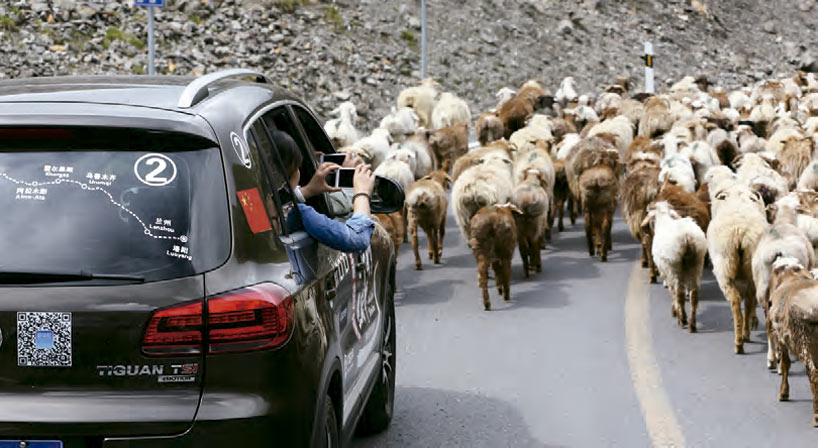
After joining the army in 1979, Chen Jungui and his comrades came to Nalati, Xinyuan County, Xinjiang, and took part in the construction of the Duku Highway deep in the Tianshan Mountains. On April 6th, 1980, the forward unit was trapped in the depth of the mountains by a snowstorm and faced the danger of running out of food. Chen Jungui and three of his comrades were tasked with delivering a distress message to the troops stationed at the foot of the mountain. On their way down the mountain, they encountered a blizzard and his comrades Zheng Linshu and Luo Qiang tragically lost their lives. Chen Jungui and his other remaining comrade Chen Weixing became severely disabled when they lost their right thigh muscle to frostbite.
In 1984, Chen Jungui was demobilized from the army and went back to his hometown in Liaoning Province and became a film projectionist. In 1985, when he saw a movie named “Journey to Tianshan”, scenes in the film brought back memories like it was yesterday. He thought of Zheng Linshu’s last wishes: to be buried nearby on the mountain so that he could continue to look after his comrades and the road; and that he wished Chen Jungui to visit his parents because he had failed as a son to take care of his parents. It was then that Chen Jungui made a decision which would change his life forever – he came back to where his comrades were buried and became the custodian of the military cemetery at the foot of the Tianshan Mountain to accompany his comrades. As he began to weep as he told his unforgettable experiences, those who listened could not help but be deeply moved by his story.
On the Silk Road there is brilliance and splendour, but also simplicity and ordinariness. It is a road on which people worked arduously and have even given their lives. So it was in ancient times, as it is today. All of which come together to form the Silk Road Economic Belt, an integrated region with an abundance of flavour.
The concept of the “Belt and Road” in ancient times
By Wang Zhongdi 文/ 王钟的
The overland Silk Road stretched from Chang’an (today’s Xi’an in Shaanxi Province), capital of China in the Han Dynasty, to the Roman Empire passing through northwestern China, Central Asia, and the Middle East. In the 1870s, Ferdinand Freiherr von Richthofen (1833- 1905), the noted German geographer, coined the term “Silk Road”, as this trade route was used mainly for transporting silk. The famous Swedish explorer Sven Hedin popularized the term through his best seller The Silk Road .
Opinions vary regarding the origin of the Silk Road. As early as 139 BC, Emperor Wu of Han sent his envoy Zhang Qian to the west, who reached as far as today’s Uzbekistan. In 97 AD, Ban Chao, the Han general in charge of the Western Regions, sent his deputy Gan Ying to the Roman Empire, who reached the Persian Gulf, the first time that the Silk Road connected Asia to Europe. In 166 AD, Roman emissaries arrived in Luoyang and established diplomatic relations with China. The Silk Road, a route connecting the East and the West was then officially in place.
Different from official government expeditions, there were few records of goods being transported the entire length of the Silk Road, at least not before Marc Polo arrived in China. In other words, the Silk Road was made up of relatively short trade routes connected by intermediaries. The route marked on today’s world map gives people the misconception that a convoy of camels would set off from Chang’an and end up in Rome, traversing through deserts, grasslands, snow-capped mountains and seas. That of course was not true, as traders at the time had limited budgets and lacked the knowhow.
The second misconception about the Silk Road is that it was only a trade route for selling China’s silk to Europe. In fact, from the time of the Han Dynasty, silk production techniques spread to Central and Western Asia, and even the Persians soon mastered the techniques. As China gradually lost its monopolistic advantage in silk, tea and porcelain later became the main export.
Although ancient China was not known as a maritime country, a few great emperors cast their eyes to the sea. An envoy sent by Emperor Wu of Han once sailed through the South China Sea and the Indian Ocean, past Southeast Asia, and across the Bay of Bengal, and returned only after they reached Ceylon (today’s Sri Lanka) off the southeastern tip of the Indian peninsula. Later on, there existed three major trading ports in the Song Dynasty: Guangzhou, Ningbo and Quanzhou. Setting off from these three ports, merchant ships could reach Japan, the Korean peninsula, Southeast Asia and Arabic speaking regions.
After the establishment of the Ming Dynasty in 1368, China’s rulers initially enforced strict policies that restricted maritime trade. Some merchants became smuggler, which helped to preserve trade on the maritime Silk Road. From 1405 to 1433, however, Zhu Di, the third emperor of the Ming Dynasty, sent Zheng He on expeditionary voyages to the Indian Ocean. Zheng, in charge of a fleet with over 200 giant vessels and more than 20,000 armed troops, made a total of seven such voyages, reaching as far as the east coast of Africa and the Red Sea. However, the purpose of Zheng’s voyages was to establish a Chinese presence and to collect exotic treasures for the emperor, rather than to establish trade routes.
Like the overland Silk Road, silk was not the only thing being traded along the maritime Silk Road. Besides silk, porcelain was one of the other main Chinese exports. China didn’t use to have the tradition of burning incense, a custom that was only introduced as Indian incense and spice were brought into China via the maritime Silk Road. Therefore, the maritime Silk Road was also known as Incense Road or Spice Road. The route was divided into sections. Chinese merchants transported silk and porcelain to India via the Strait of Malacca and Sumatra, purchased spices and dyes and brought them back to China. Indian merchants, who bought the silk and porcelain, transported them to the Egyptian port of Cairo via the Red Sea, or to the Euphrates and Tigris areas via the Persian Gulf. Then Greek and Roman merchants took the goods from Alexandria, Gaza and other Mediterranean ports and transported them by sea to cities and towns in Greece and the Roman Empire.
The concept of “Belt and Road” today takes a different form from that of ancient times, owing to modern transportation technology. Such methods of transportation as trains, ships and planes have long since removed barriers to direct trade between cities in China and those in Central Asia, the Middle East and Europe. A route, which in the past took years or even decades to cover, takes only a few hours today. Although our modern technology was beyond the imagination of the ancient Chinese, their gargantuan efforts in boosting trade and cultural exchange means that they continue to be an inspiration for the development of the “Belt and Road” initiative.
 Published in Confucius Institute Magazine
Published in Confucius Institute MagazineMagazine 43. Volume 2. March 2016.
View the PDF print edition
























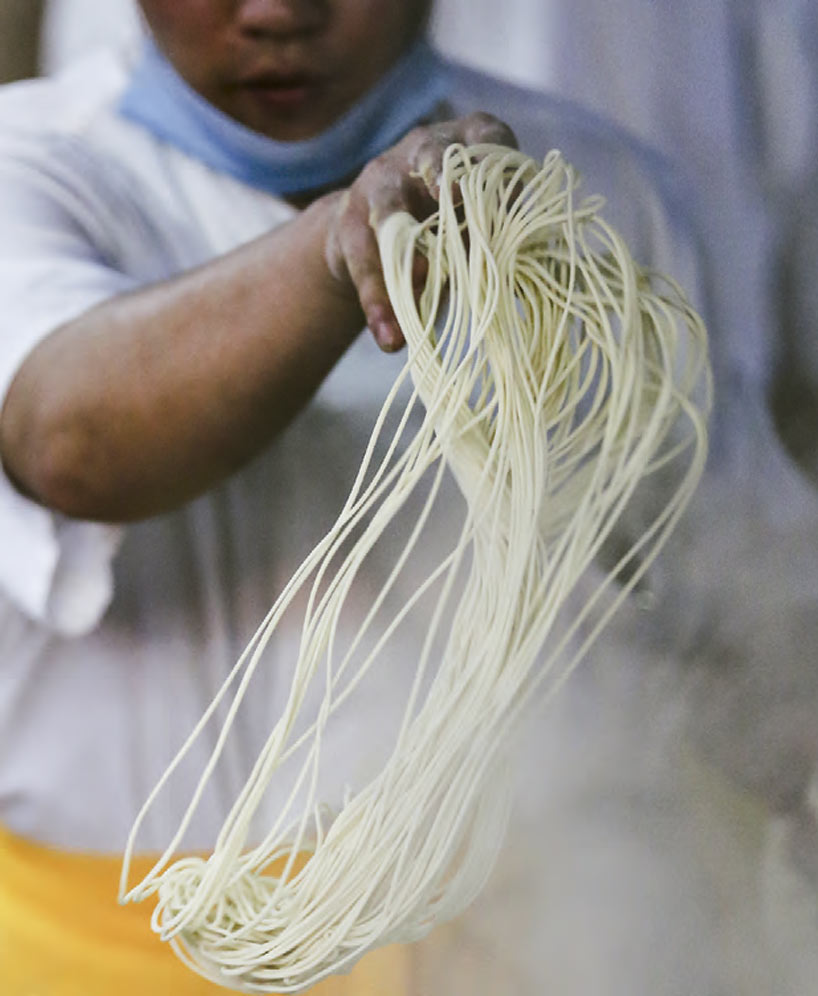
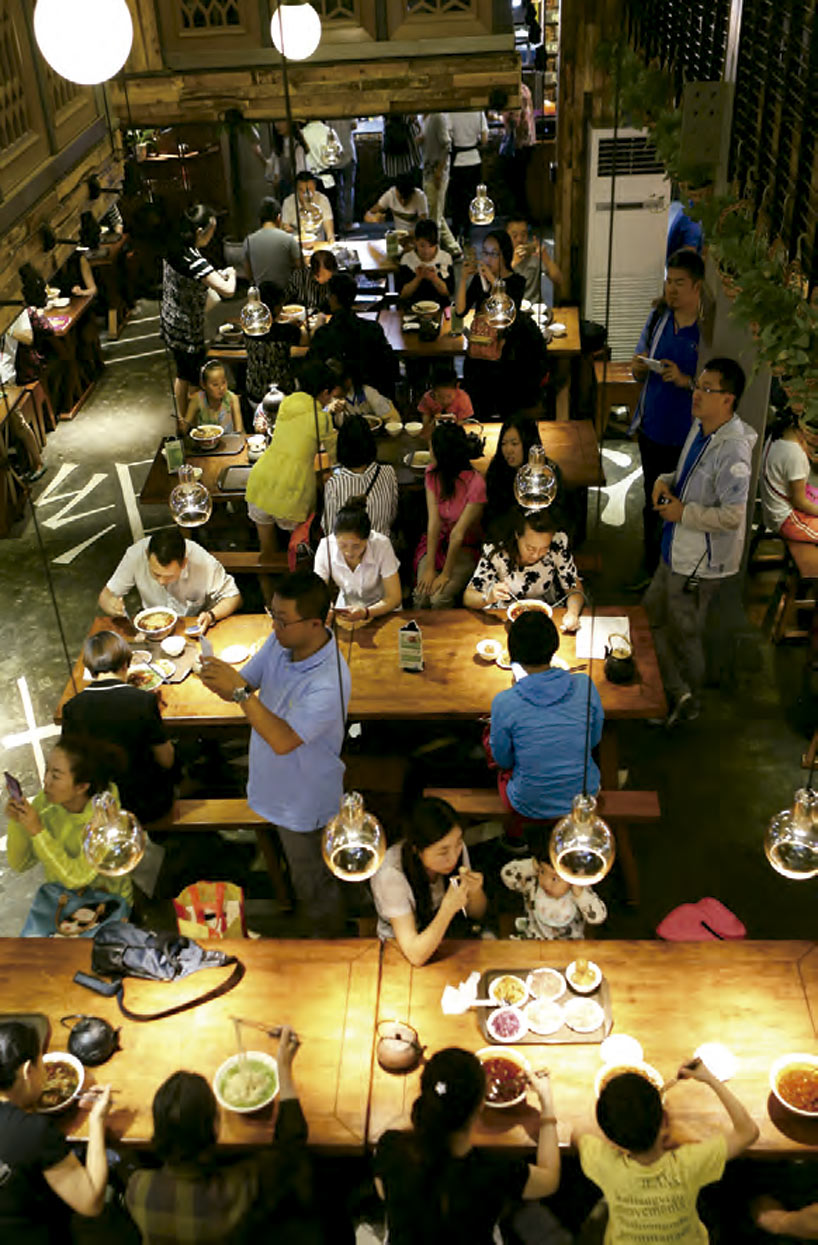


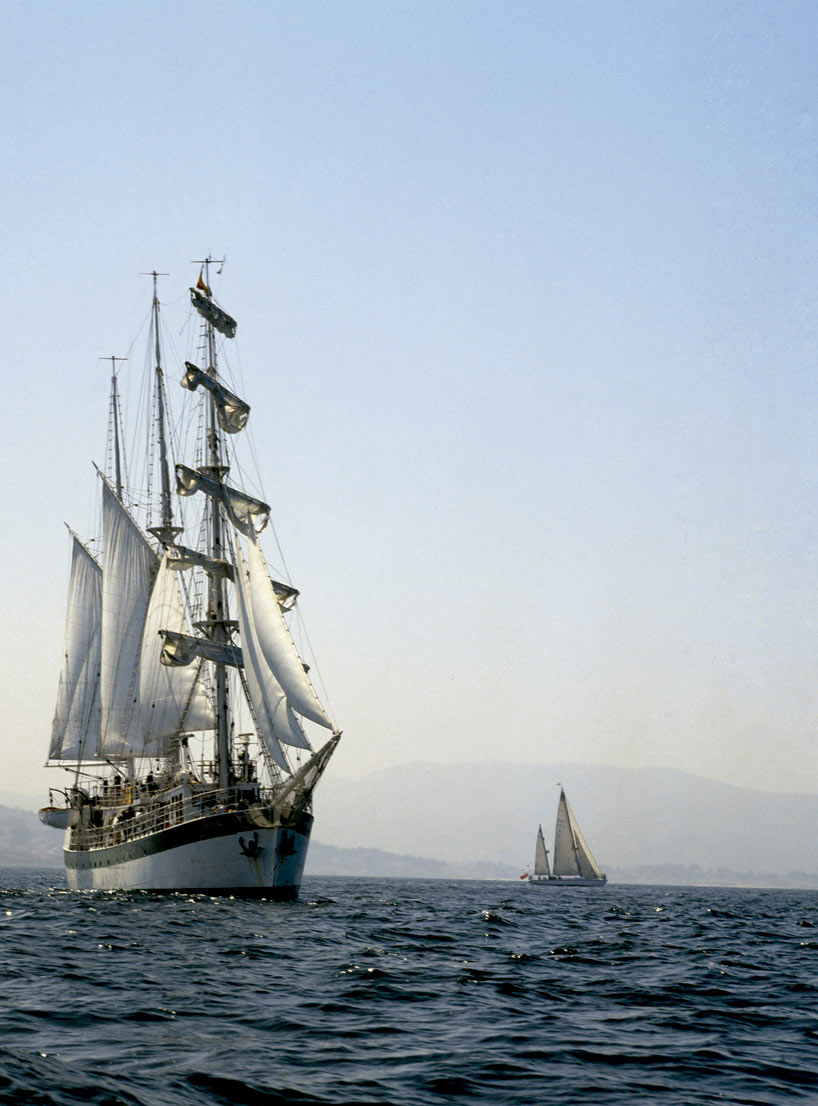
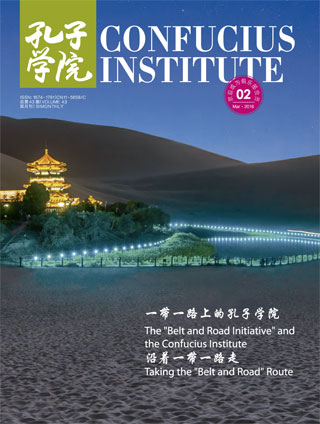
No hay comentarios:
Publicar un comentario